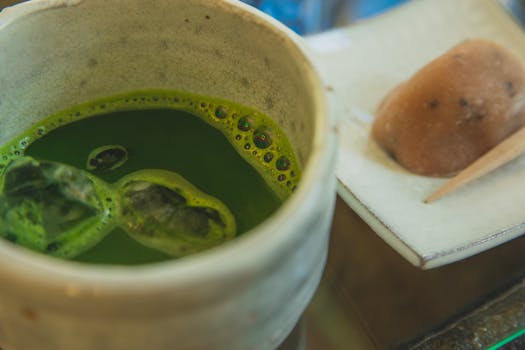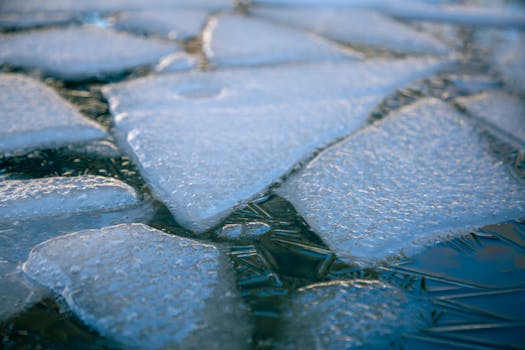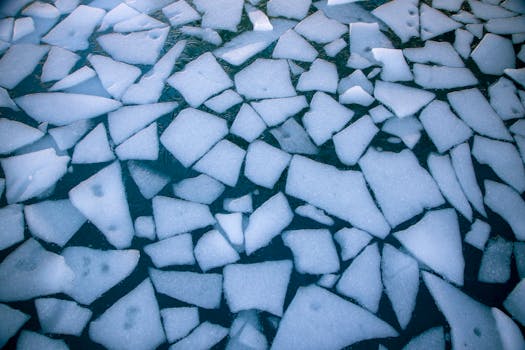Benefits
Climate Regulation
Water Reserve
Food Preservation
Medical Applications
Recreational Uses
Get creative with ice
Transforming cocktails and beverages by adding sculpted ice shapes to elevate presentation and flavor release, creating a sensory experience
Utilizing ice as a sculpting medium in art installations or events for visually stunning and transient works that engage audiences with their impermanence
Employing ice packs or cubes wrapped in cloth for reducing swelling or soothing injuries in sports medicine and physical therapy, providing natural pain relief and inflammation reduction
Incorporating ice into cooking techniques such as ice-filtration for consommés to achieve crystal clear broths, showcasing culinary innovation and enhancing dish aesthetics
Crafting DIY air conditioners or cooling systems by blowing air over containers filled with ice for eco-friendly, low-cost cooling solutions during heatwaves or in areas without standard air conditioning
Something you can make with ice
Origin
Ice is a naturally occurring ingredient that forms when water freezes at or below 0 degrees Celsius (32 degrees Fahrenheit). It can be found in various forms, such as icebergs, glaciers, and frozen lakes. The origin of ice can be traced back to the Earth's water cycle, where water evaporates from oceans, lakes, and rivers, condenses into clouds, and then falls back to the Earth as precipitation in the form of rain or snow. In colder regions, this precipitation can freeze and accumulate as ice. Ice has been used by humans for centuries, with evidence of its use dating back to ancient civilizations. Today, ice is artificially produced and widely used for various purposes, including cooling food and beverages, preserving perishable items, and creating icy desserts.


